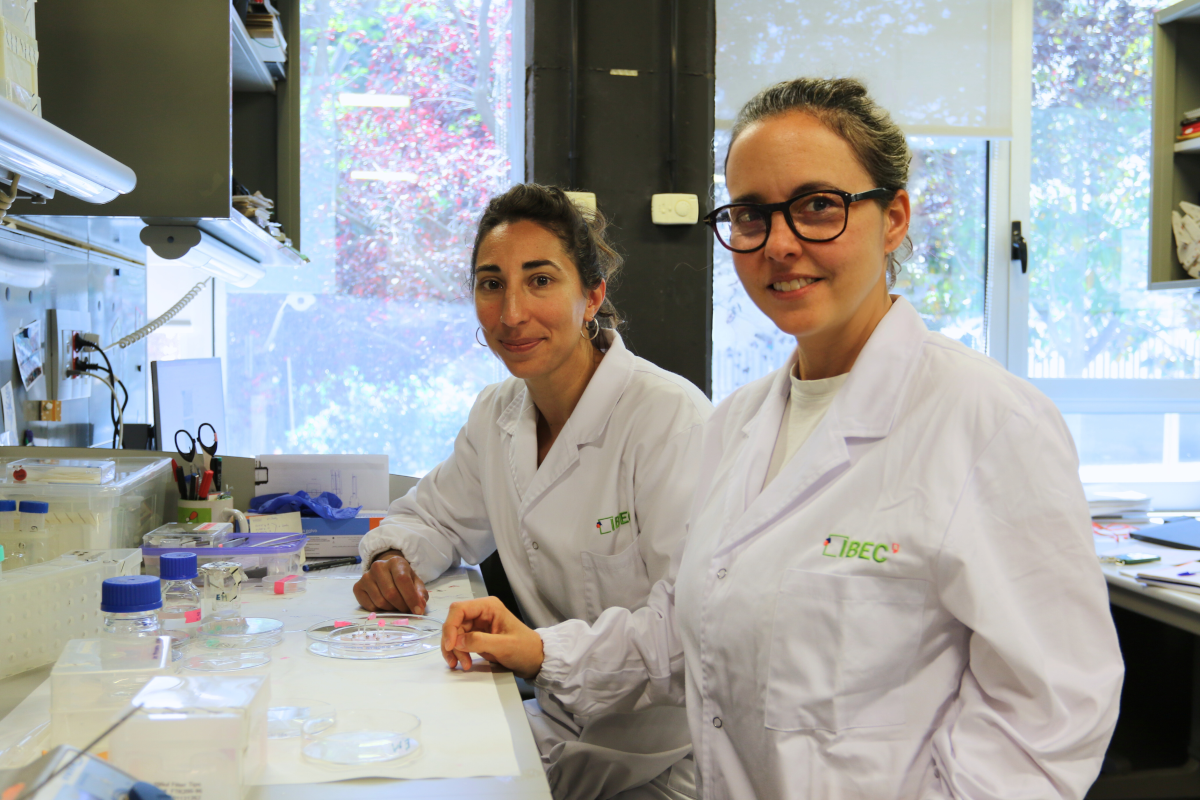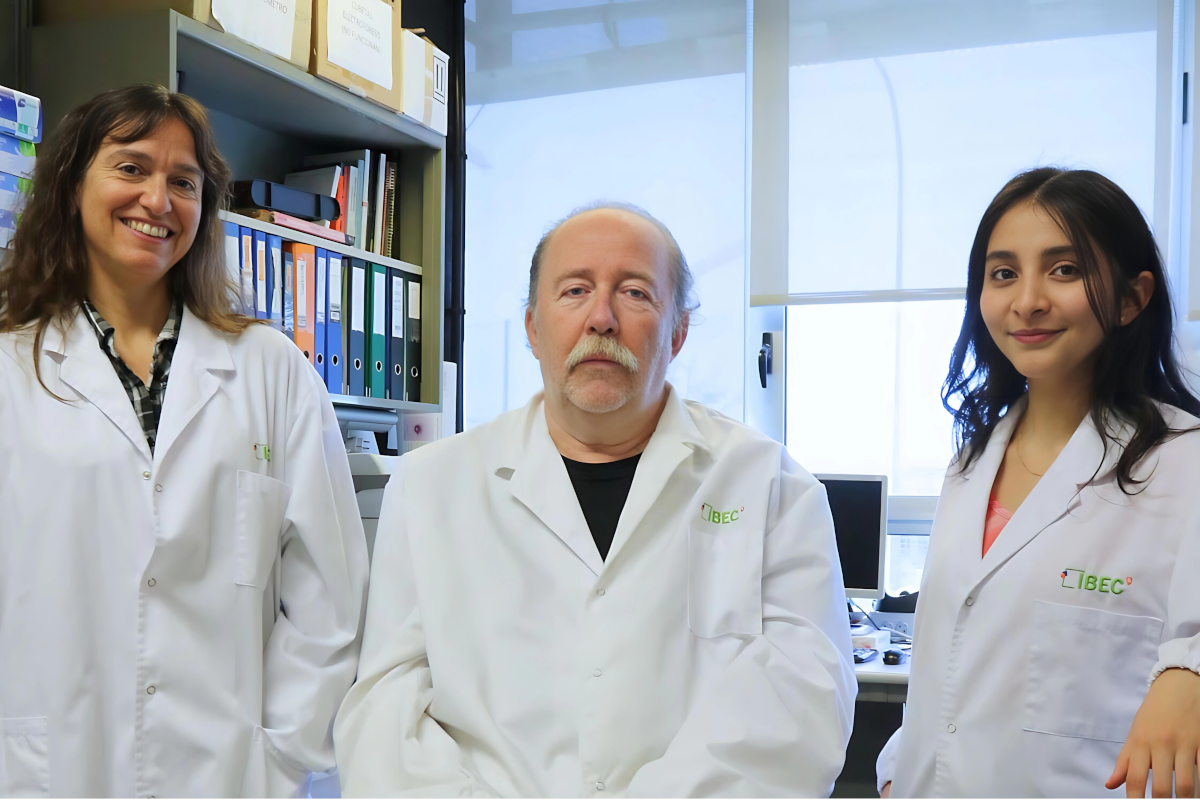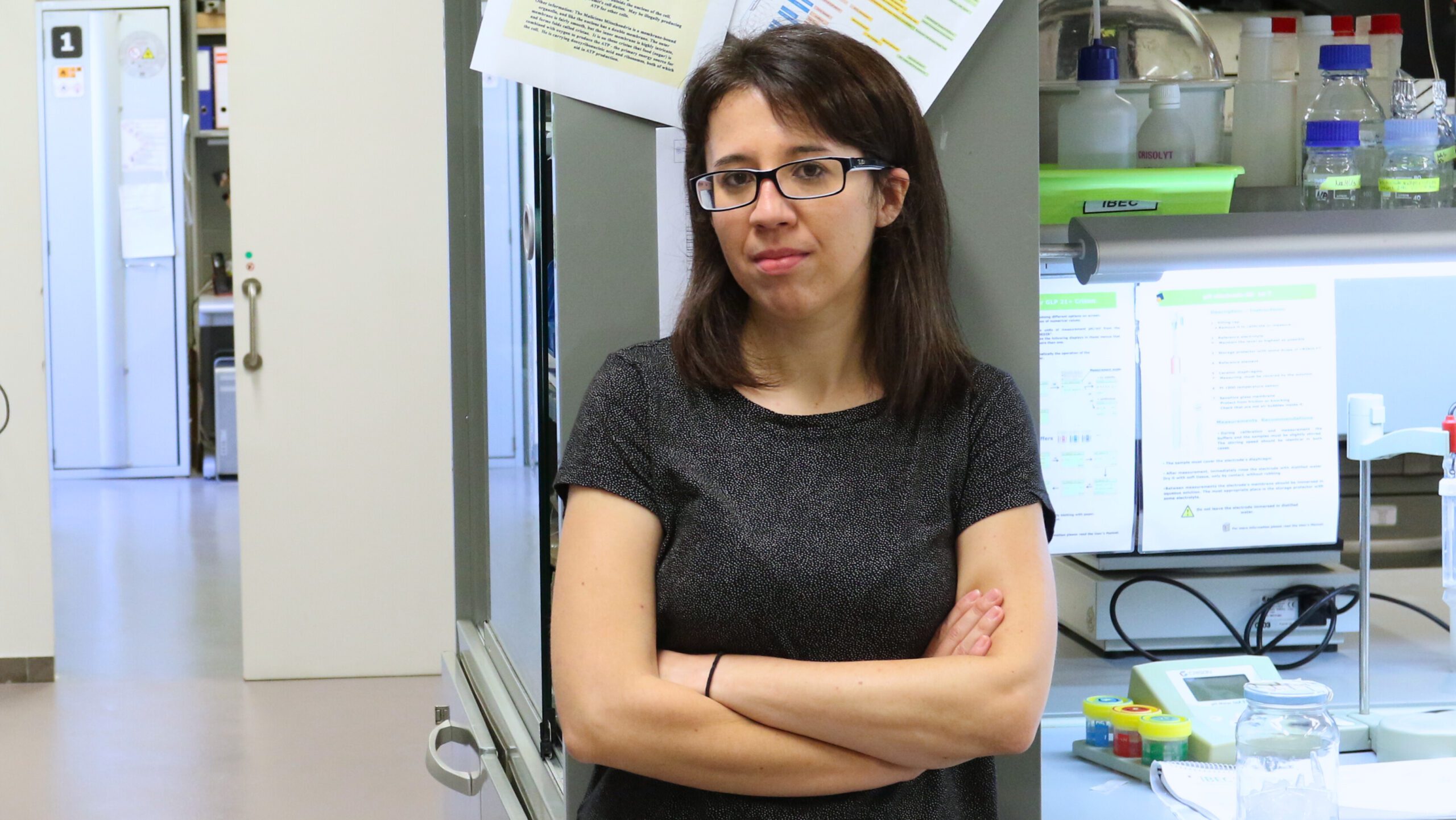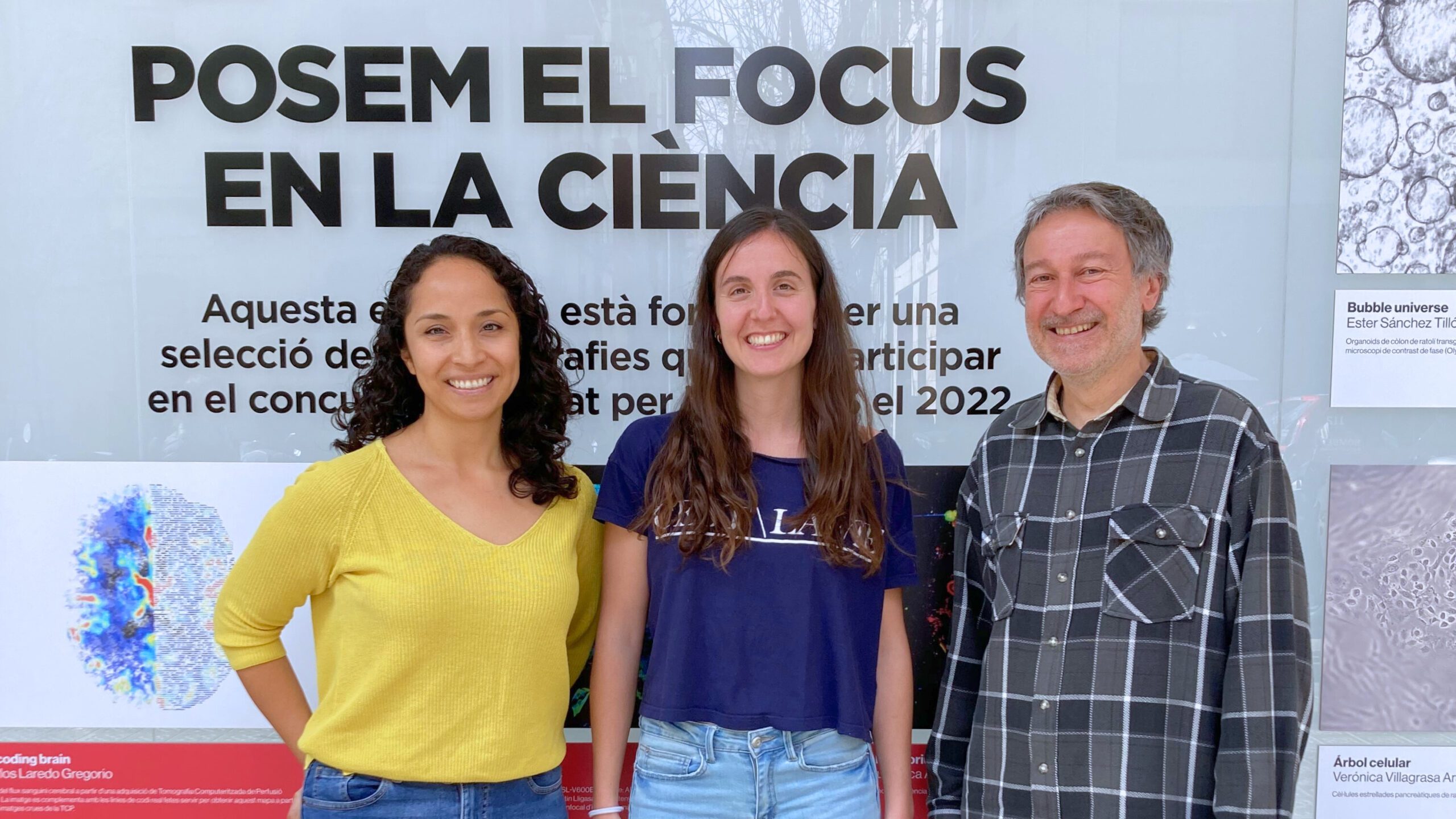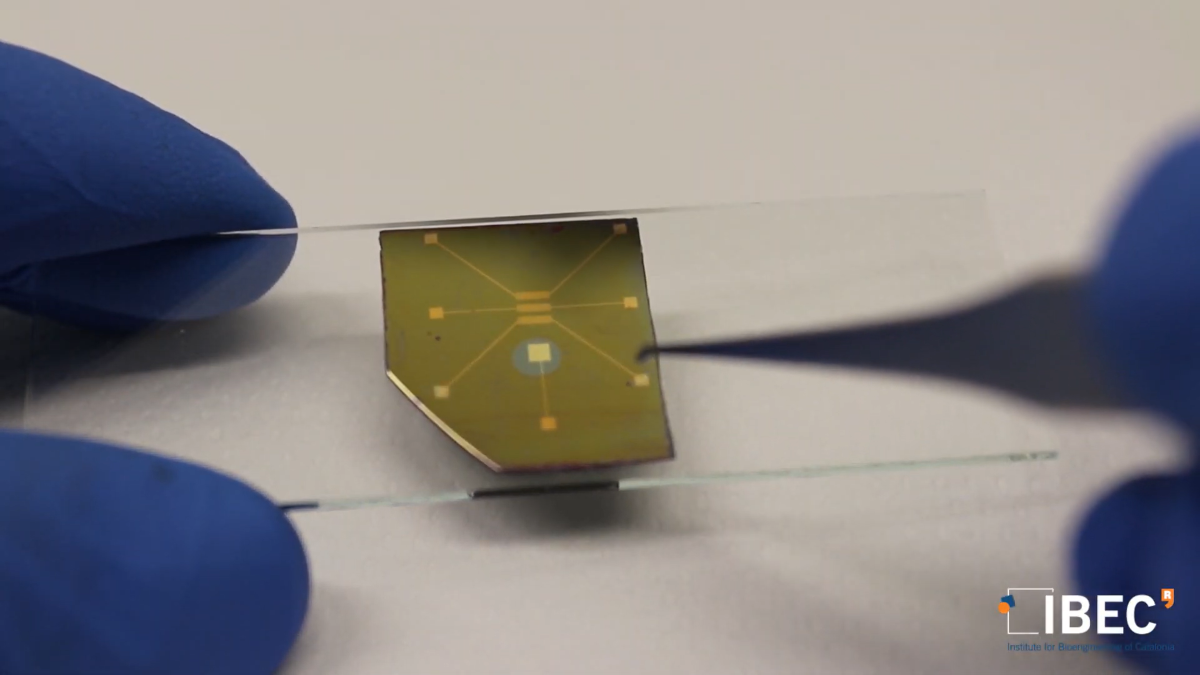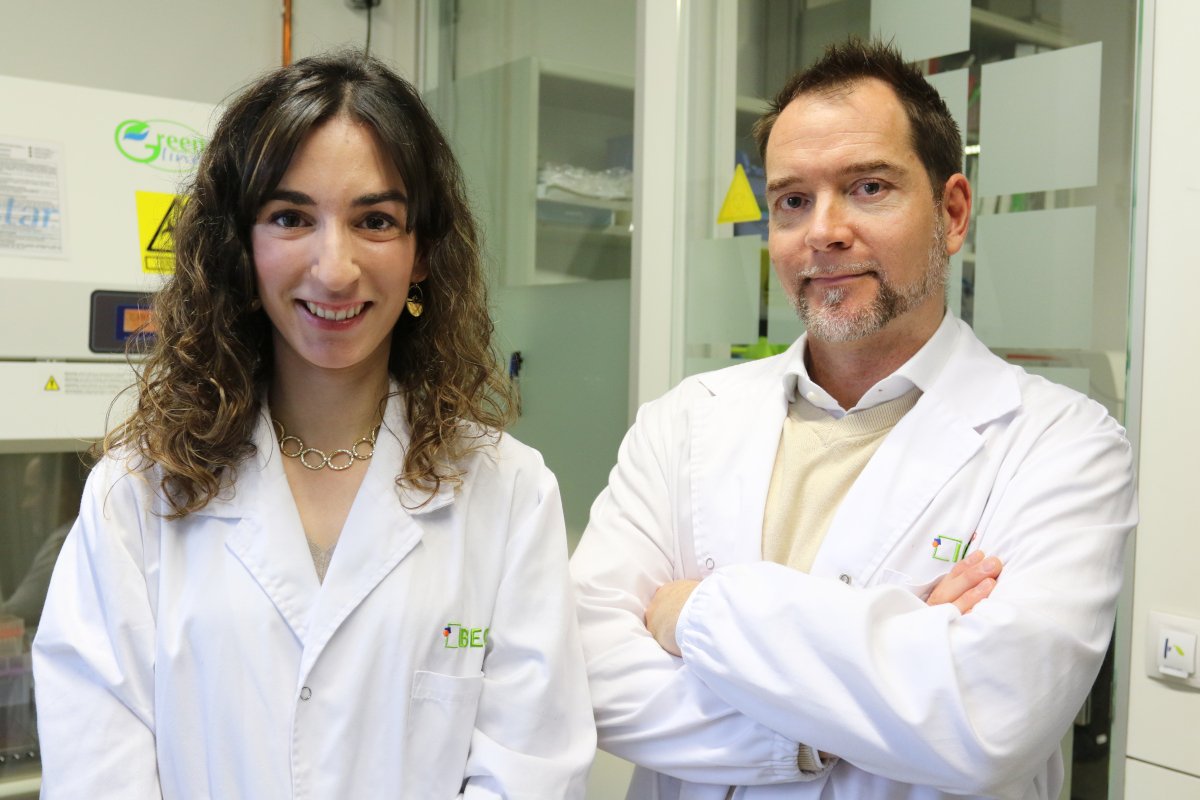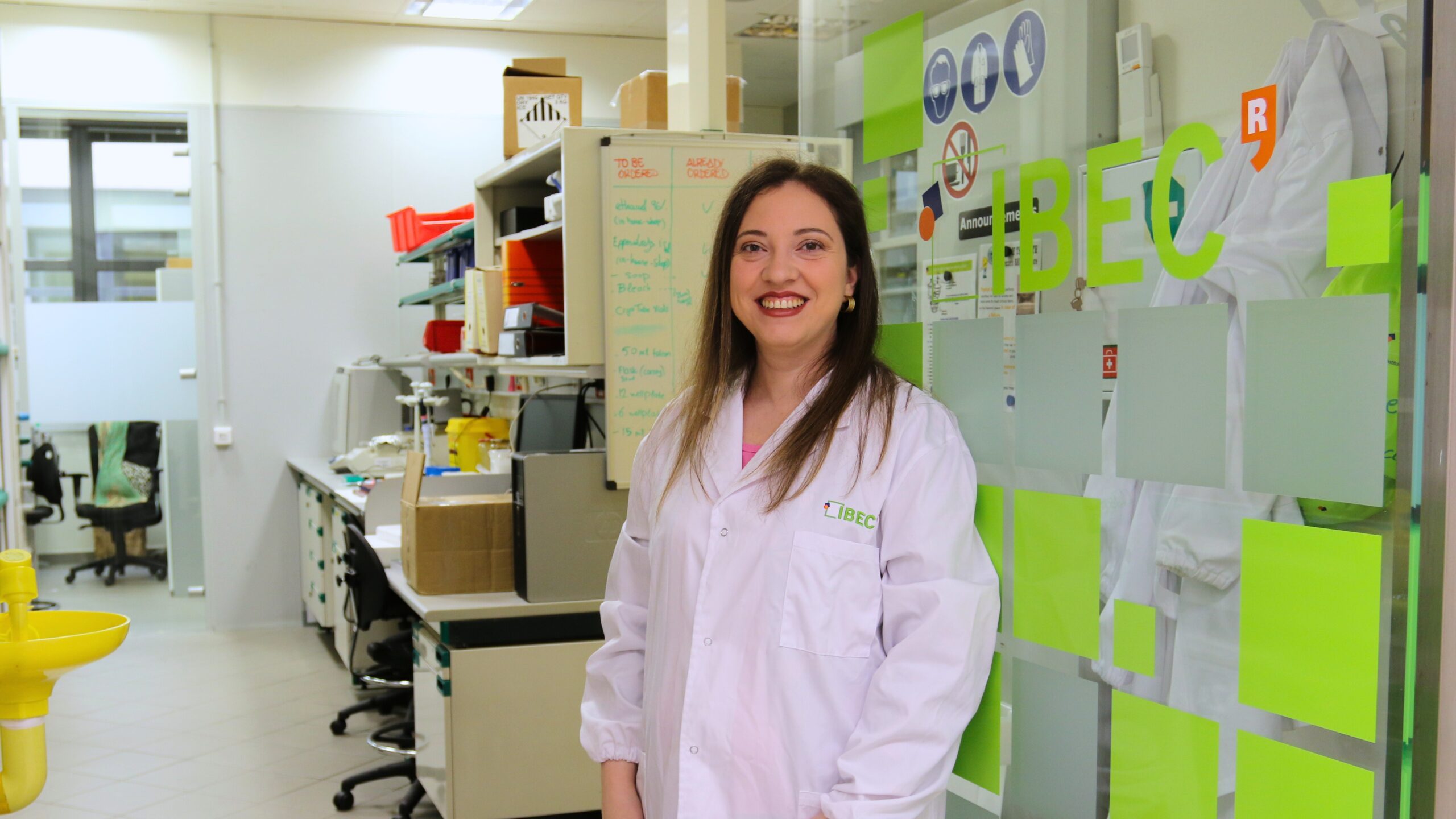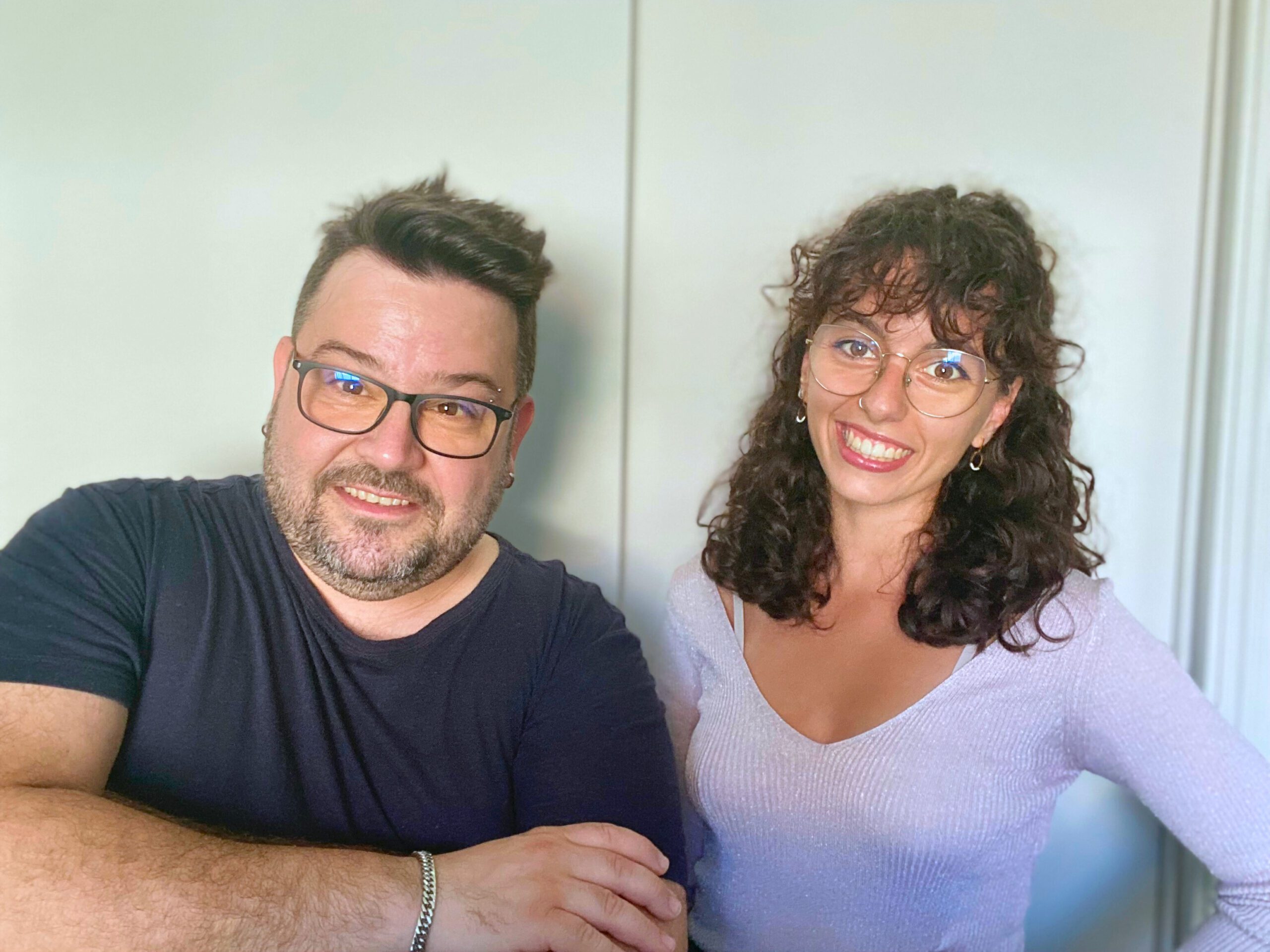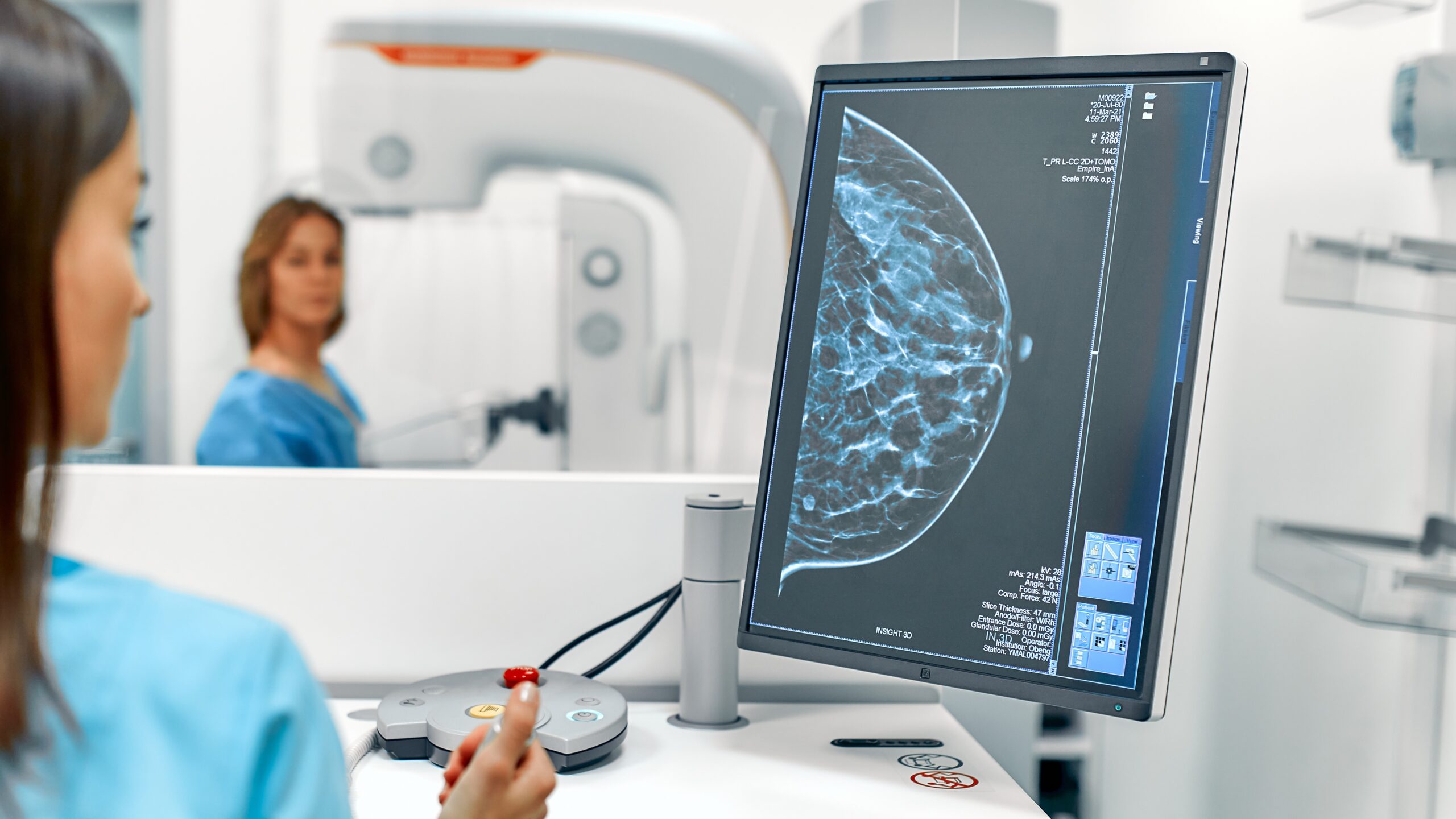Bioimpresión 3D para un modelo avanzado de intestino en un chip
Se trata de un dispositivo innovador que contiene un canal bioimprendido en 3D con estructuras que imitan las vellosidades intestinales y reproduce los compartimentos de la mucosa intestinal. Por primera vez, se han incorporado al sistema electrodos que permiten supervisar la formación de la barrera intestinal en tiempo real. El dispositivo es muy versátil y tiene potencial para aplicarse en el modelado de enfermedades y el cribado de fármacos.

